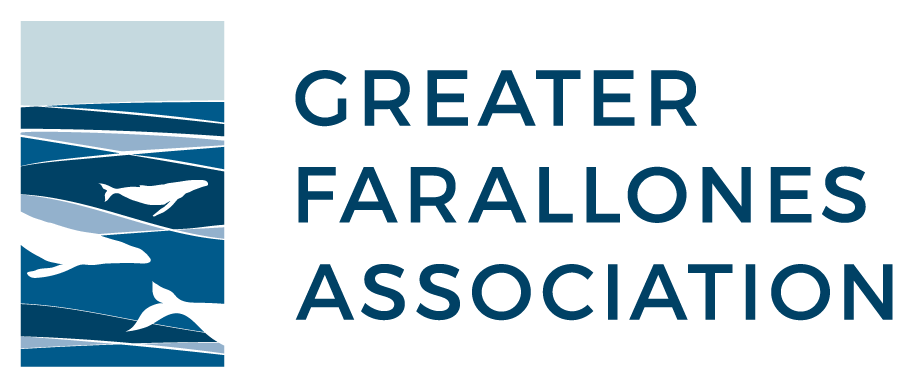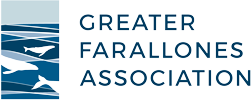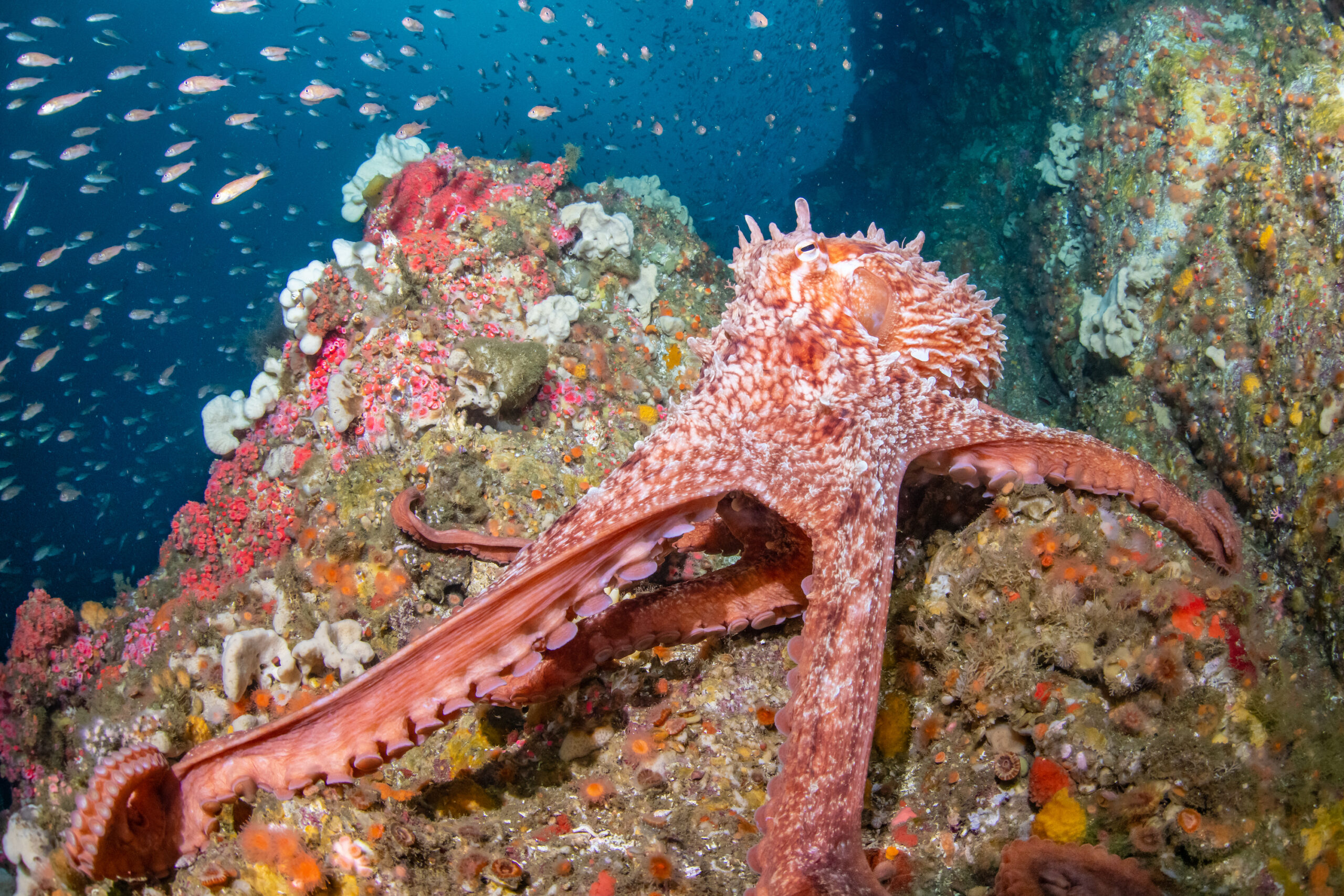
In the News


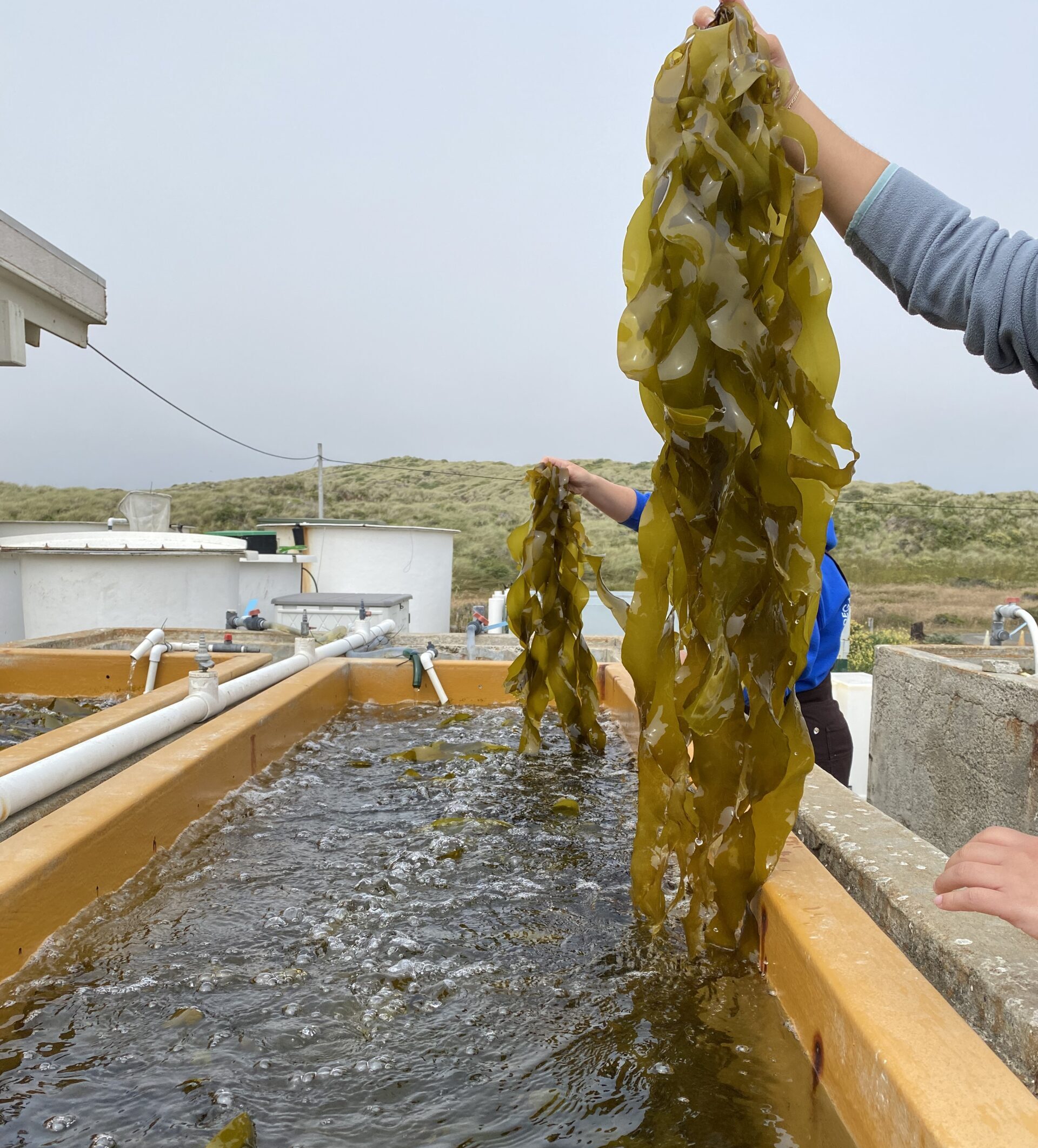
Petaluma Nature Almanac: Ocean upwelling links kelp, wind and wine
May 27, 2025 Petaluma Argus-Courier
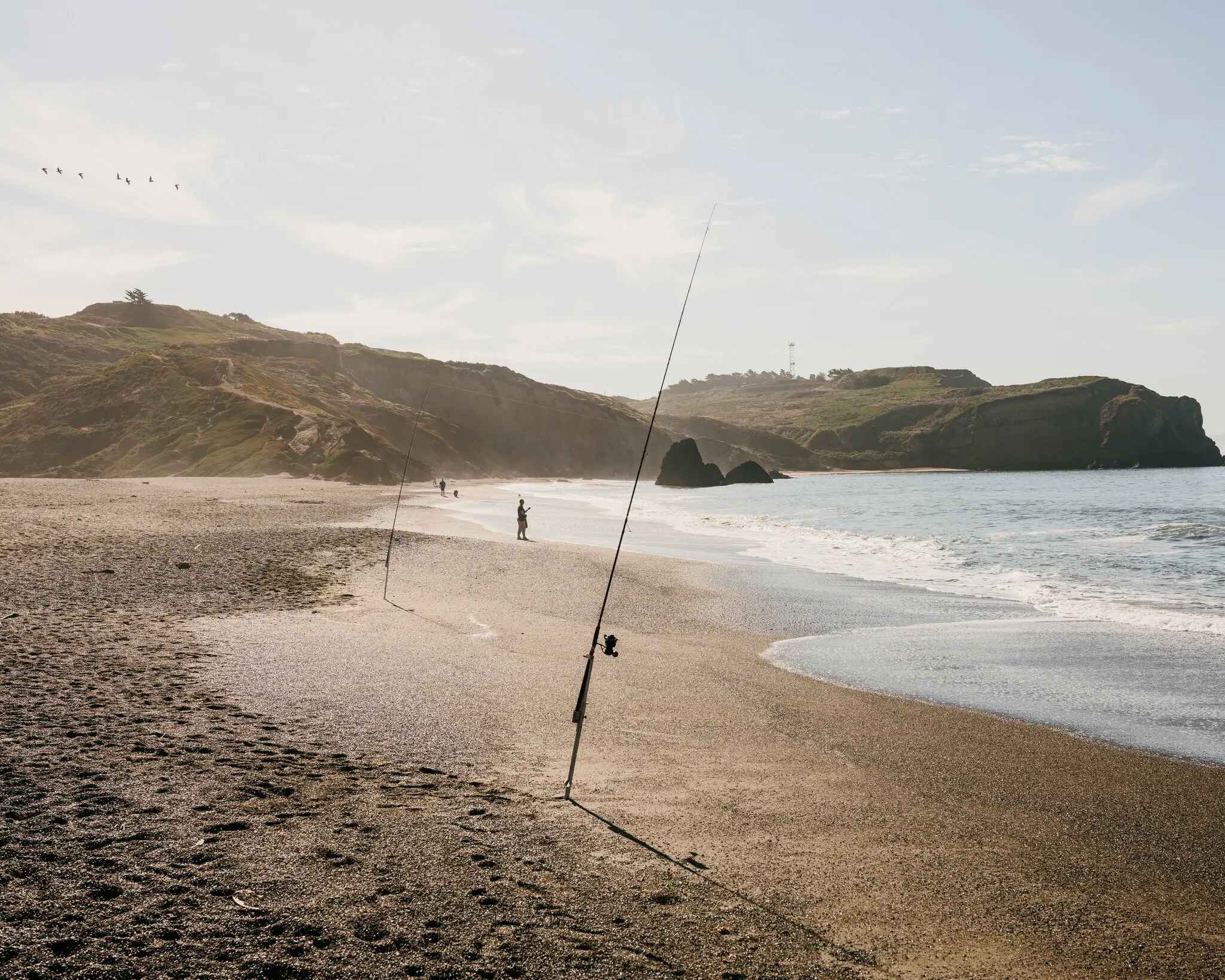
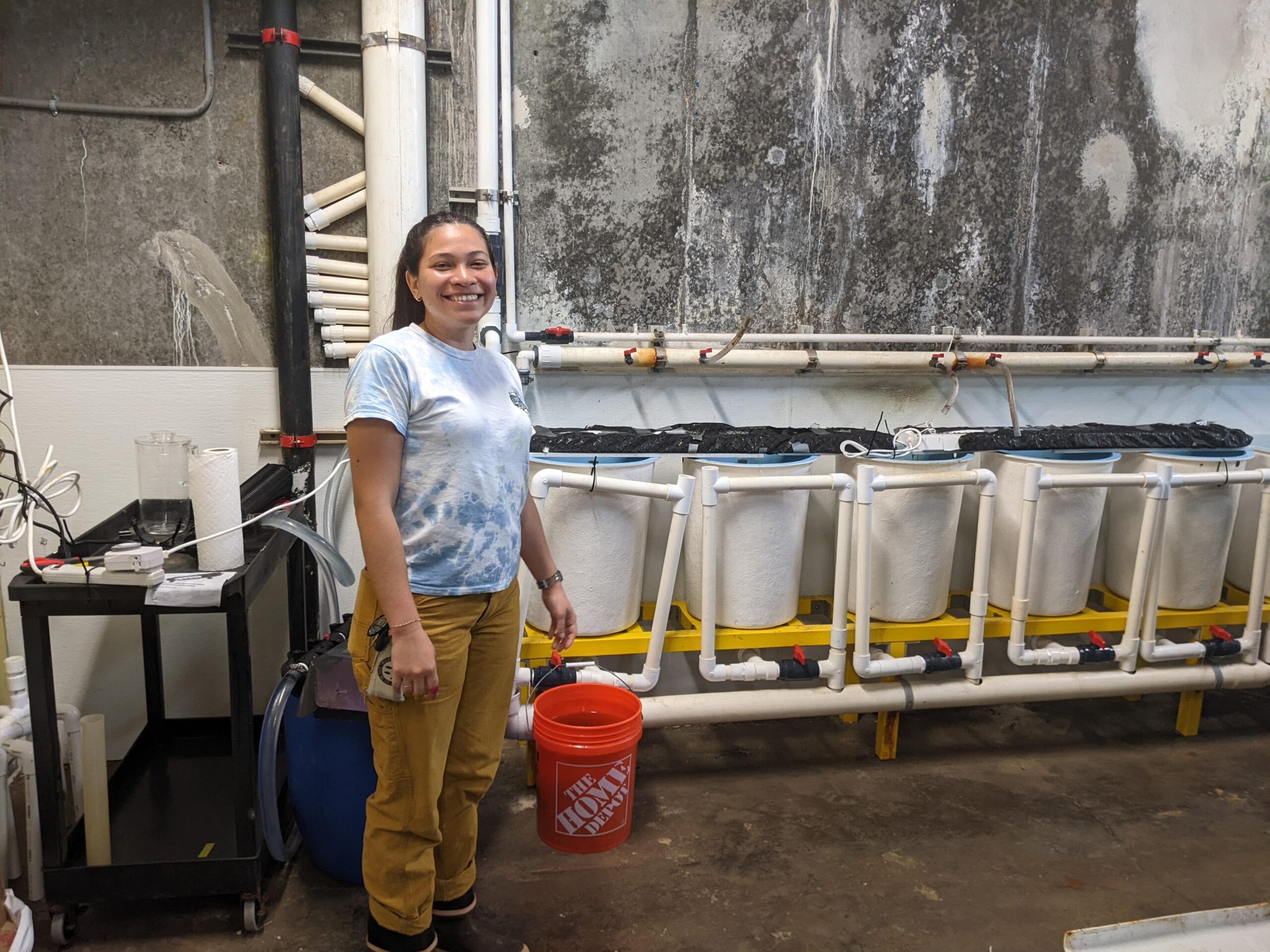
Braving Sharks and Hordes of Urchins, Bay Area Scientists are Growing Kelp One Forest at a Time
October 31, 2024 The Mercury News
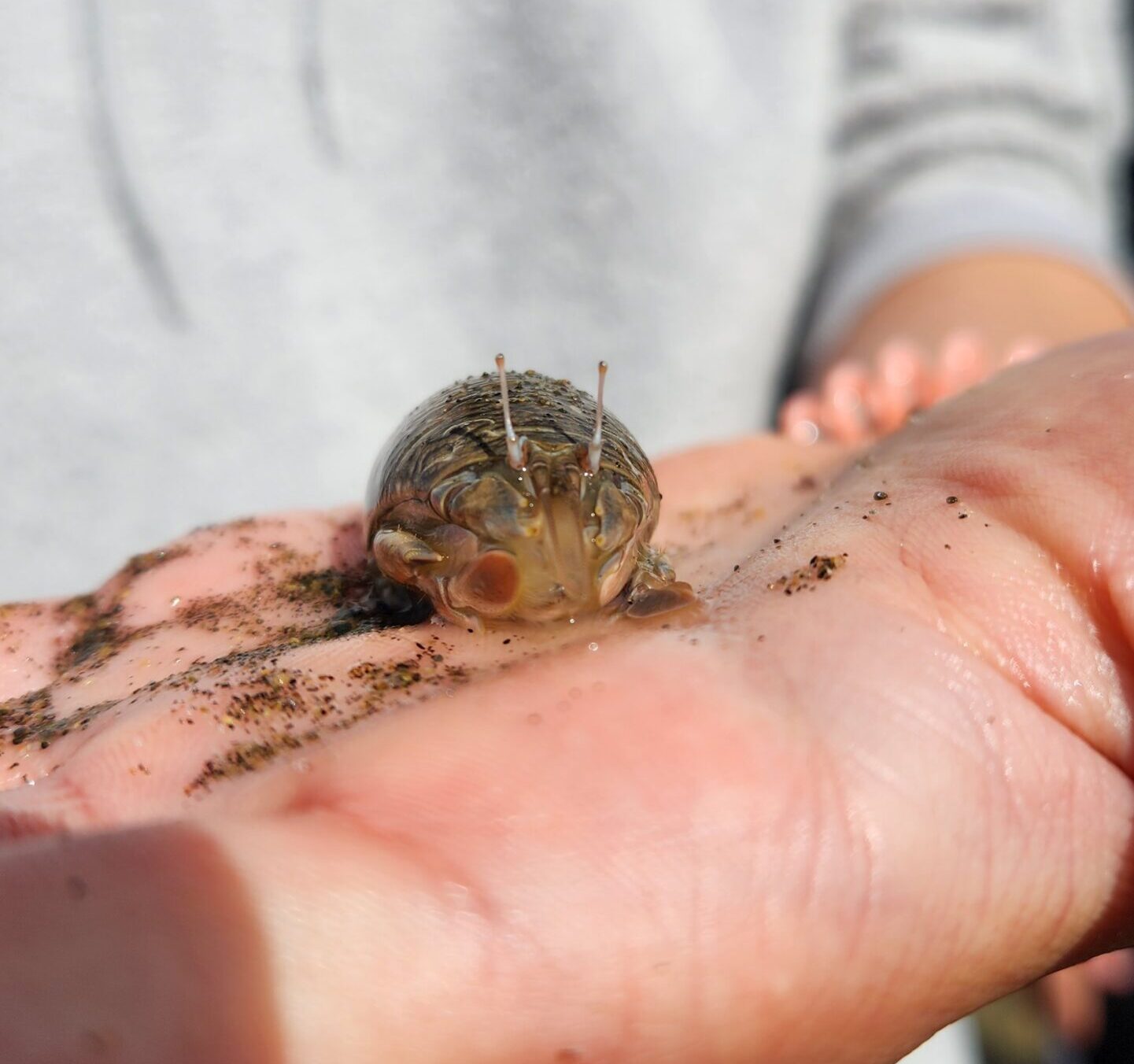
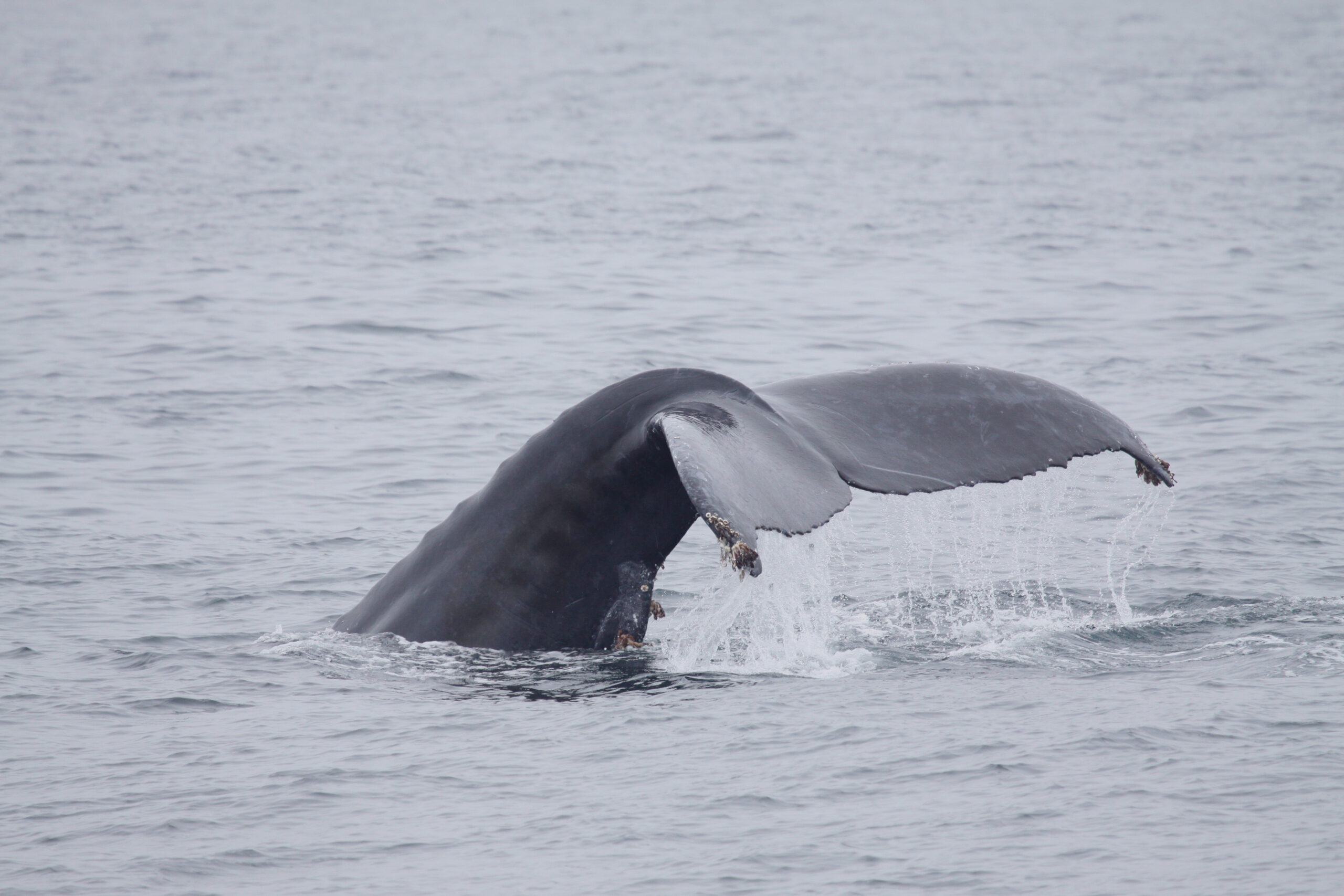

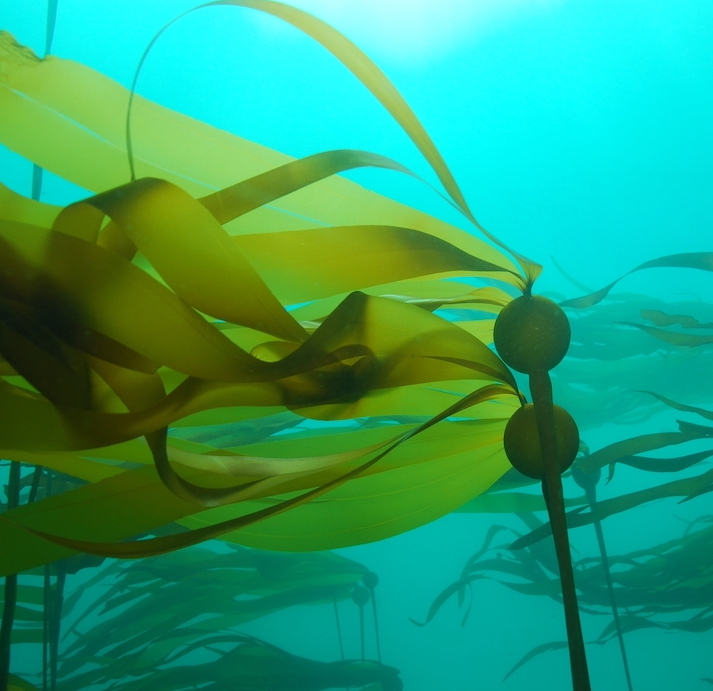
Pioneering Project to Restore Bull Kelp Forests in Greater Farallones National Marine Sanctuary in California
March 25, 2024 NOAA Fisheries News
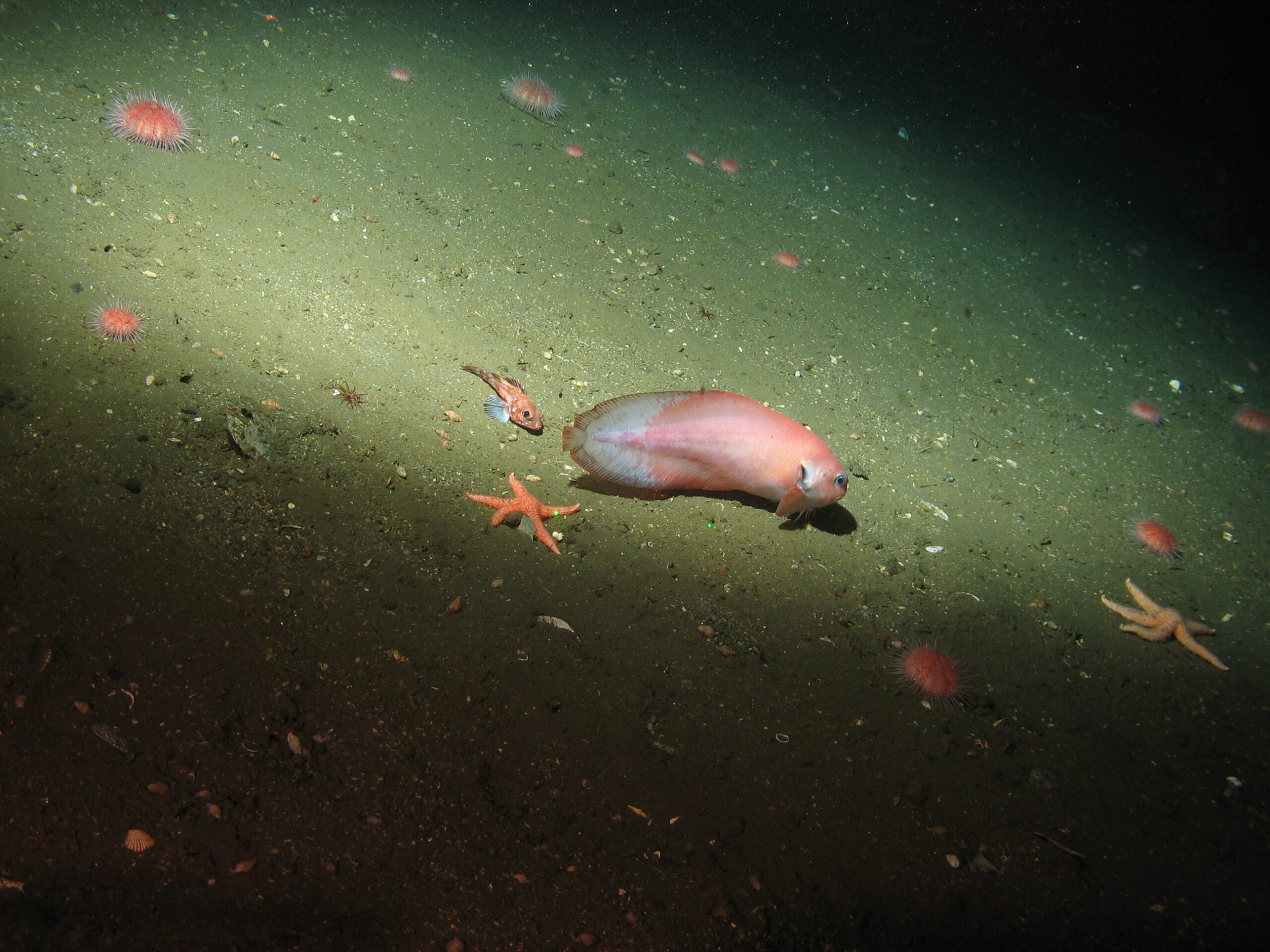
Mud Matters: Tracing the Carbon Carriers of the Ocean Floor
January 8, 2024 American Shoreline Podcast
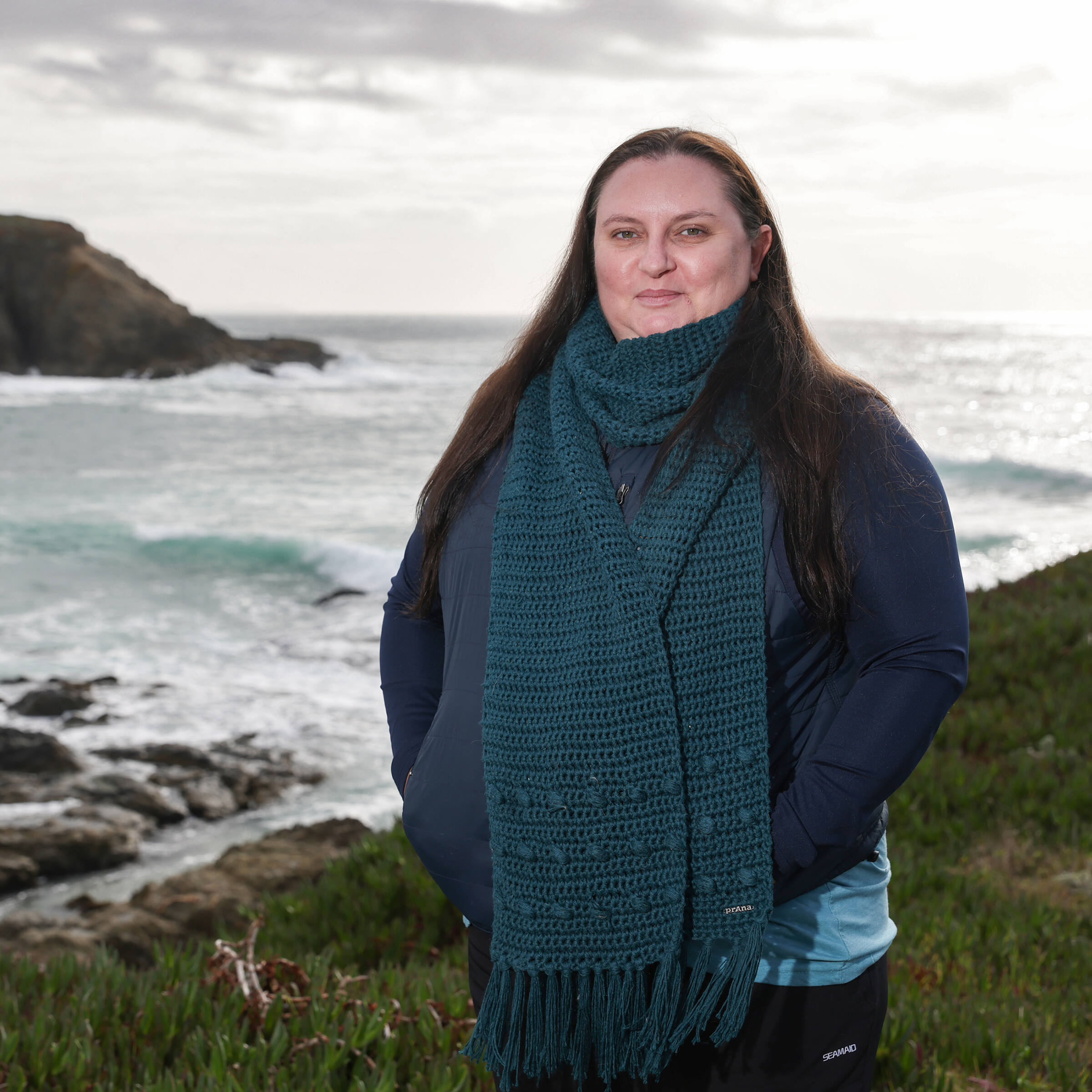
24 to watch in 2024: Rietta Hohman, scientist with Greater Farallones Association
December 16, 2023 Press Democrat
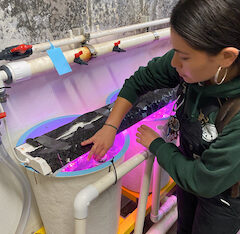
Scientists Try a ‘Field of Dreams’ Approach to Restoring California’s Bull Kelp Forests
August 17, 2023 Bay Nature Magazine
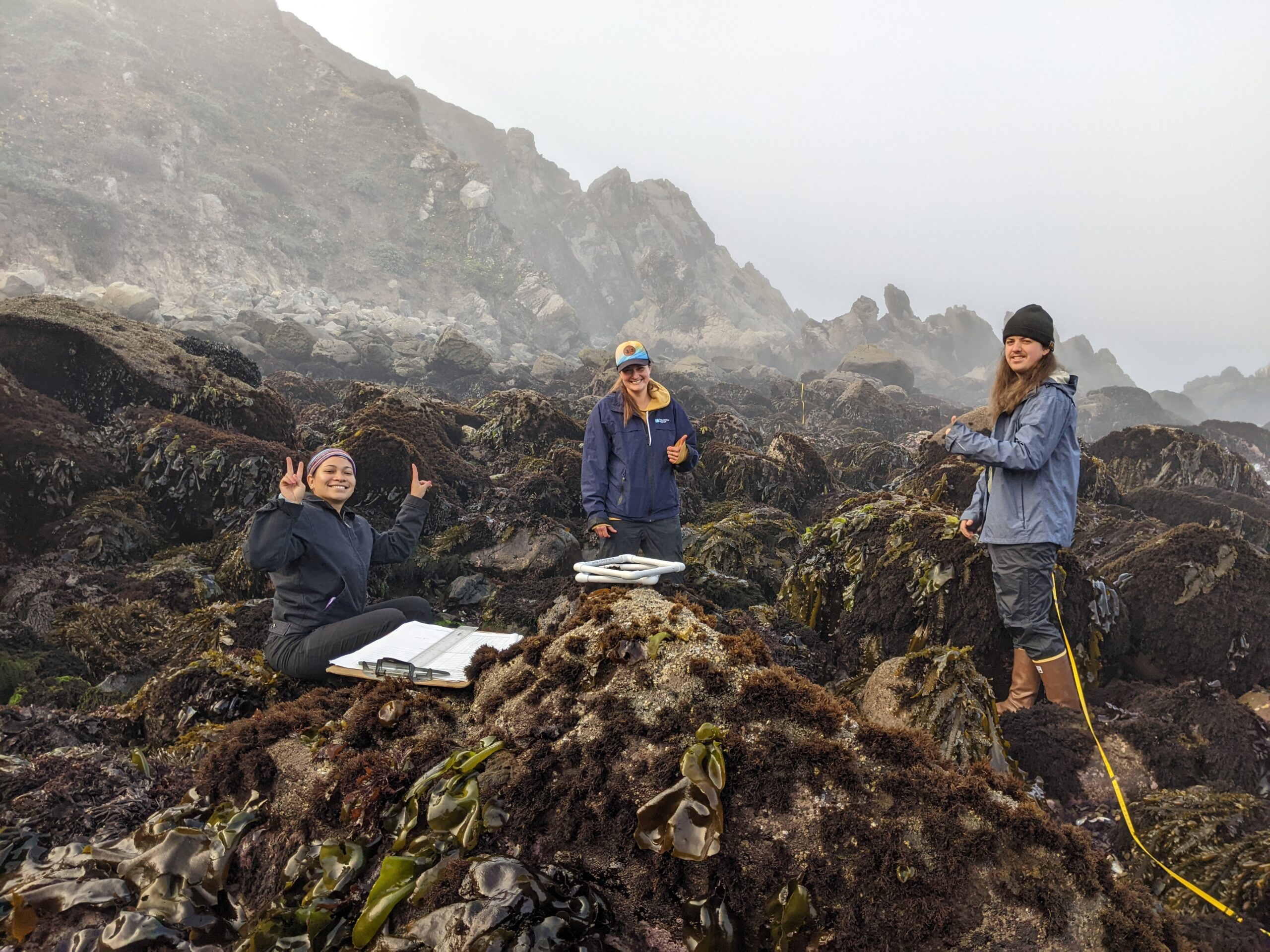
A Highly Ambitious Plan to Restore California’s Underwater Forests has Begun
June 21, 2023 San Francisco Chronicle
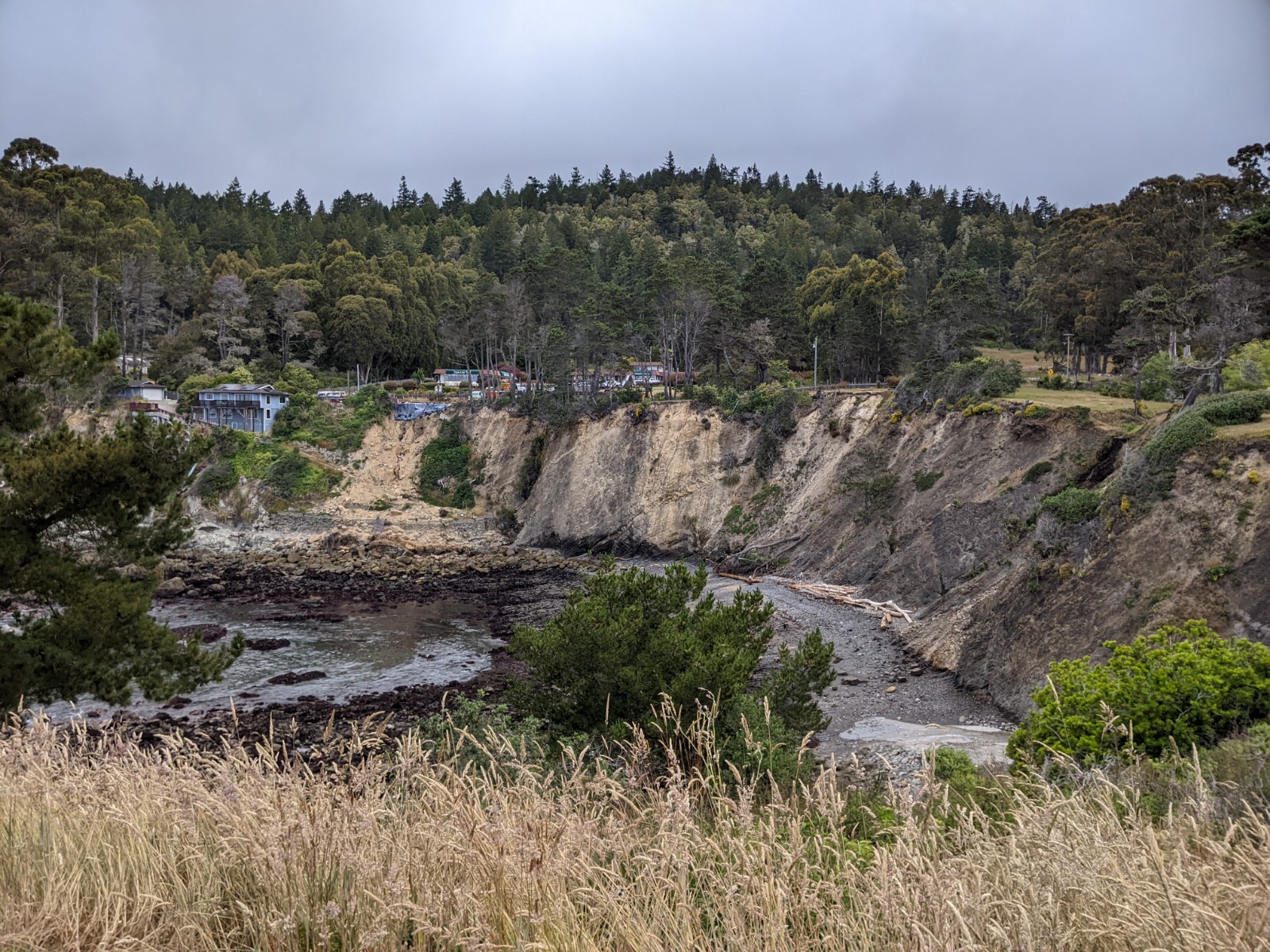
How Researchers are Working to Restore Once-thriving Kelp Forest Along Sonoma County Coast
June 13, 2023 ABC7 News

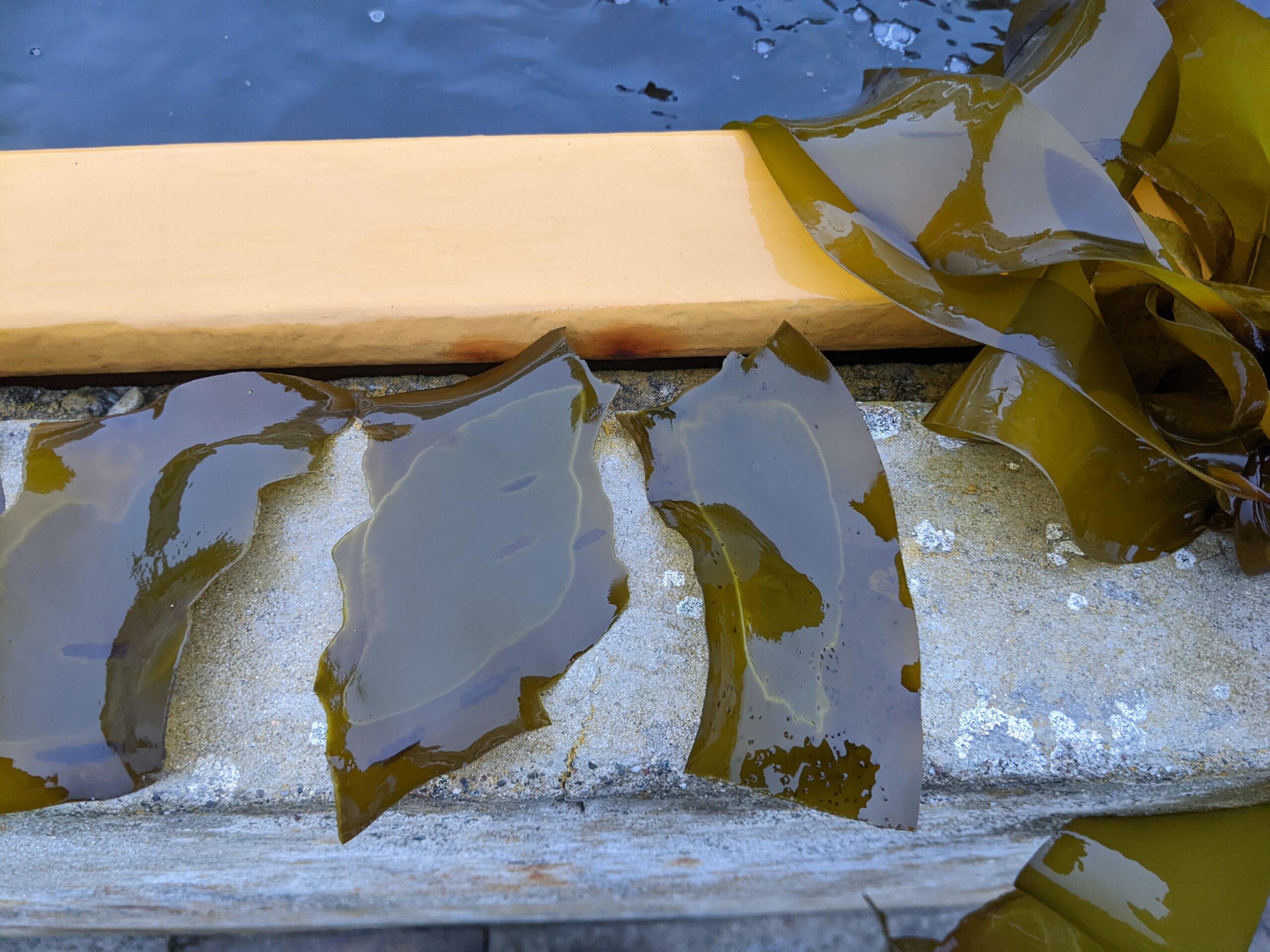
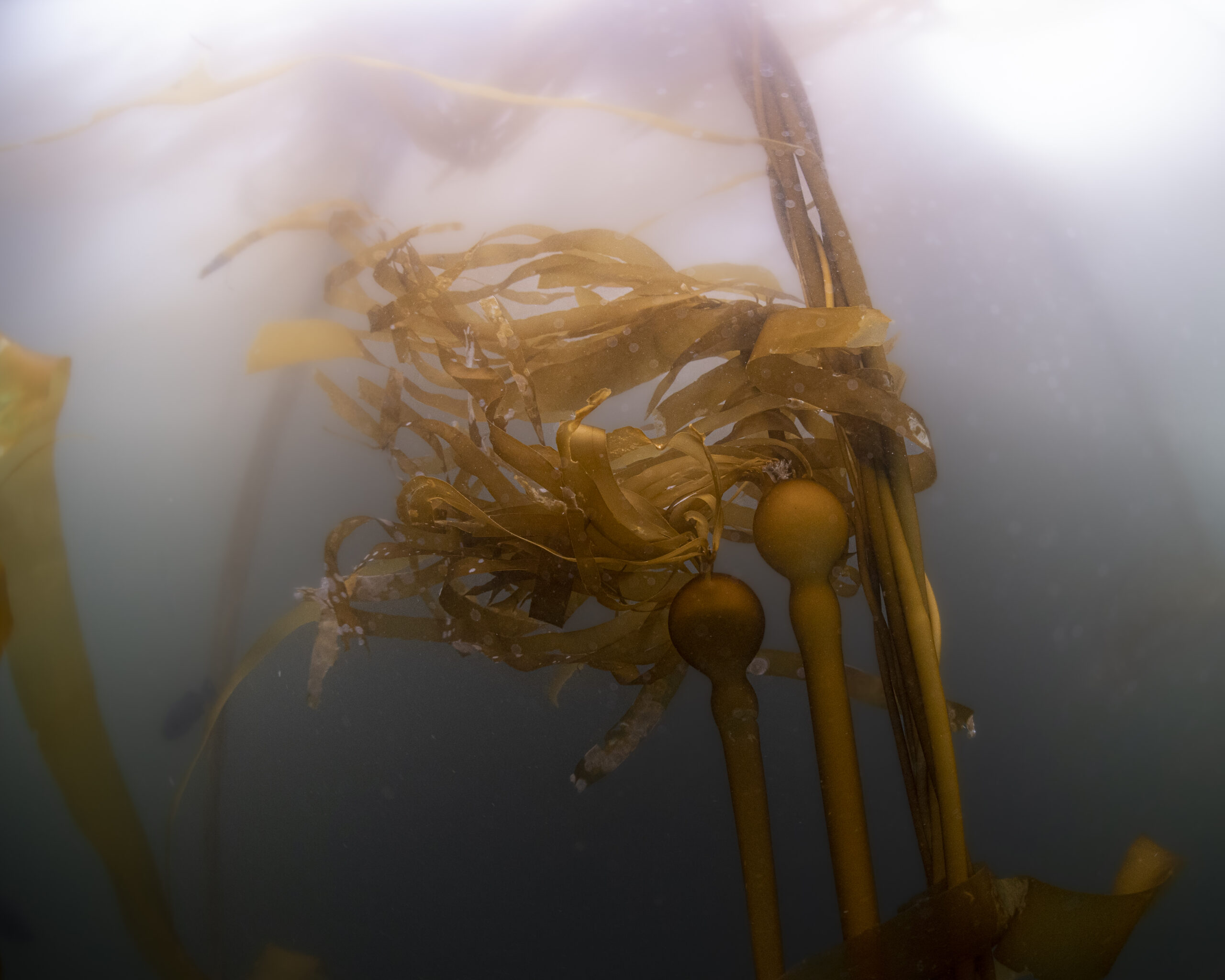
A Massive Kelp Forest Once Anchored the North Bay’s Marine Ecosystem. Here’s How Scientists are Trying to Bring it Back.
June 1, 2023 The Press Democrat

Funding for Farallones Marine Sanctuary kelp comes just in time
May 12, 2023 Marin Independent Journal
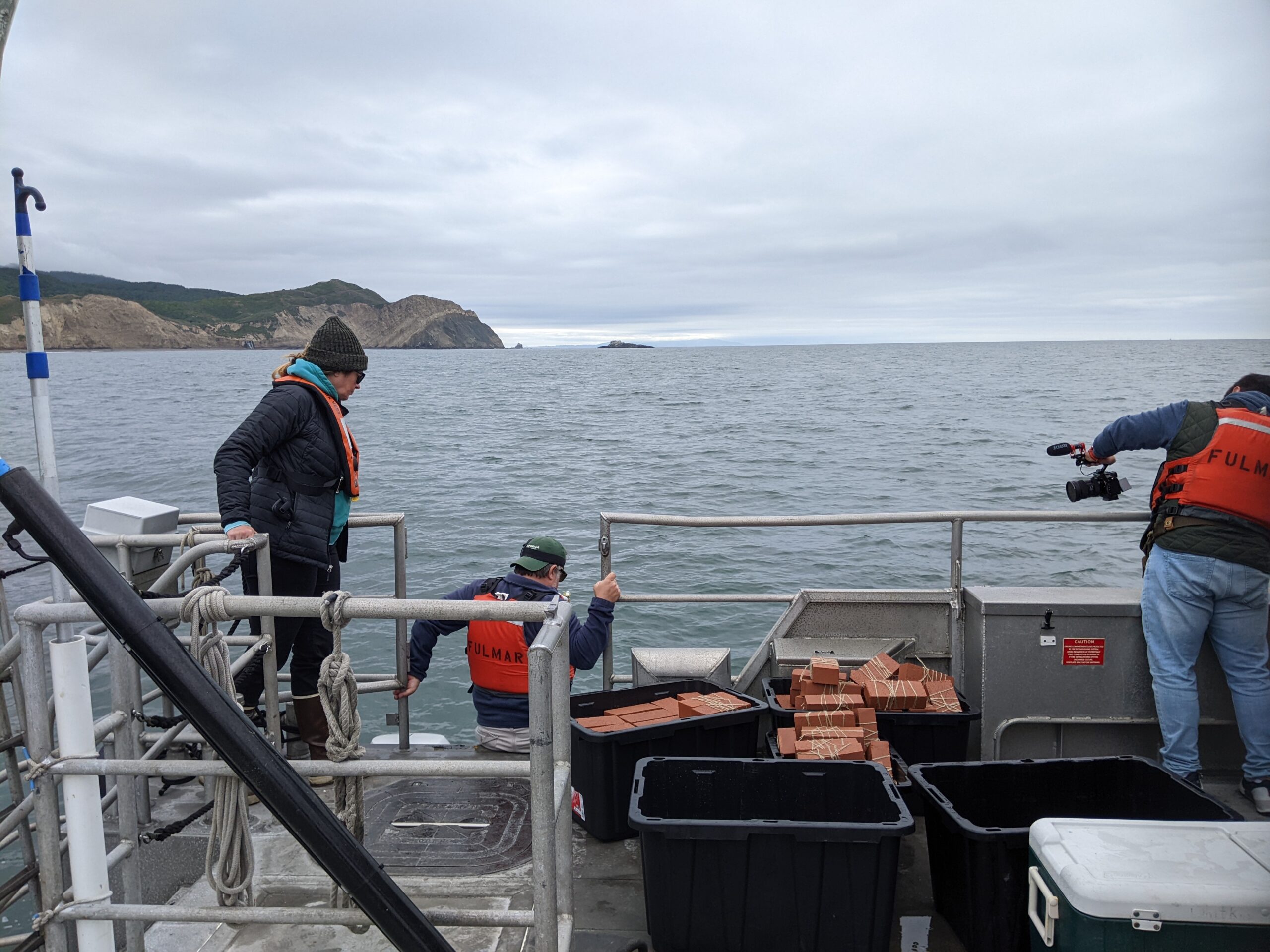
Bay Area Bountiful: California’s Decimated Kelp Forests
August 10, 2022 Northern California Public Media
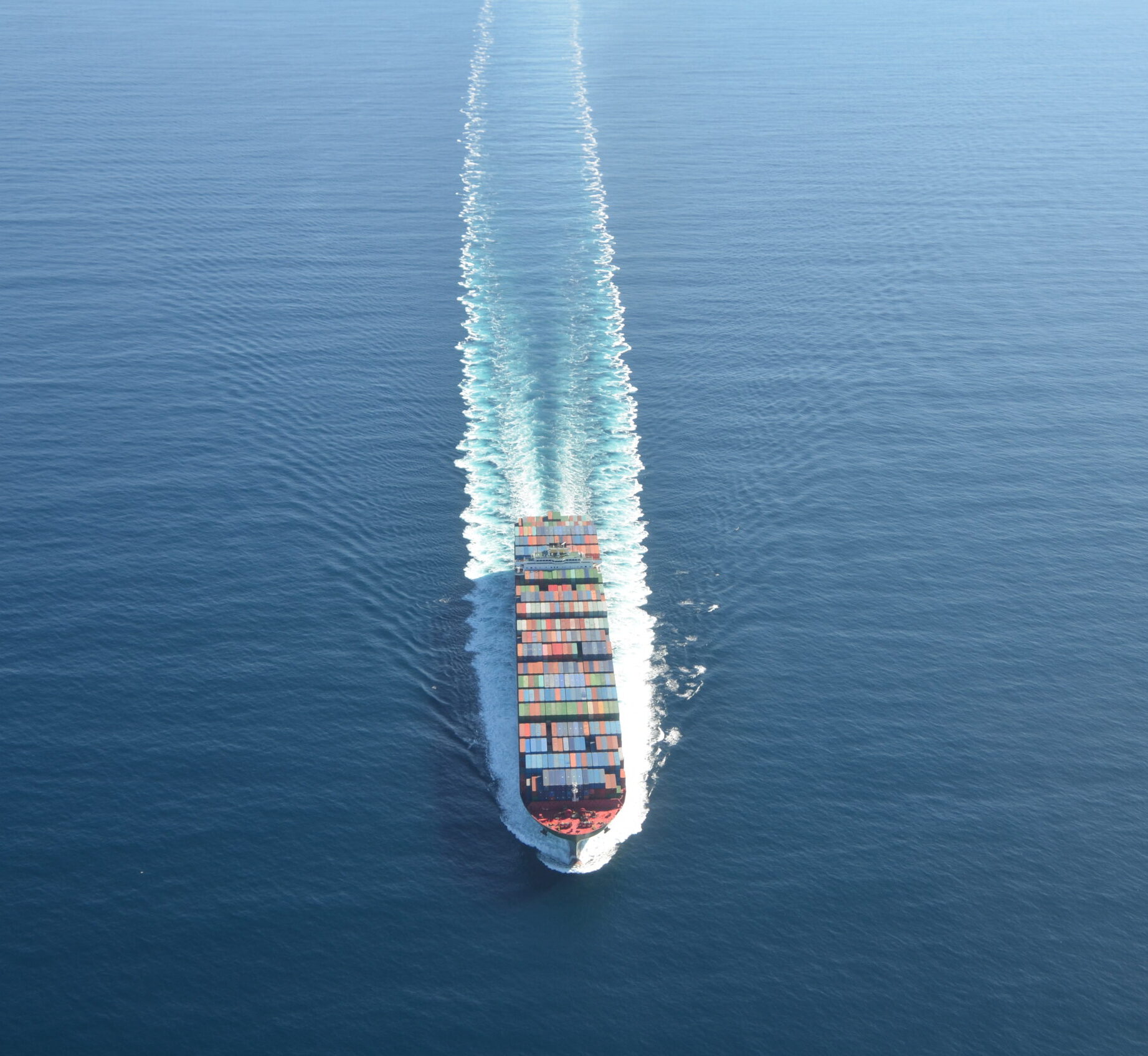
Student Postcards to Ships Help Boost Whale Survival in the Bay Area
August 5, 2022 ABC7 Bay Area
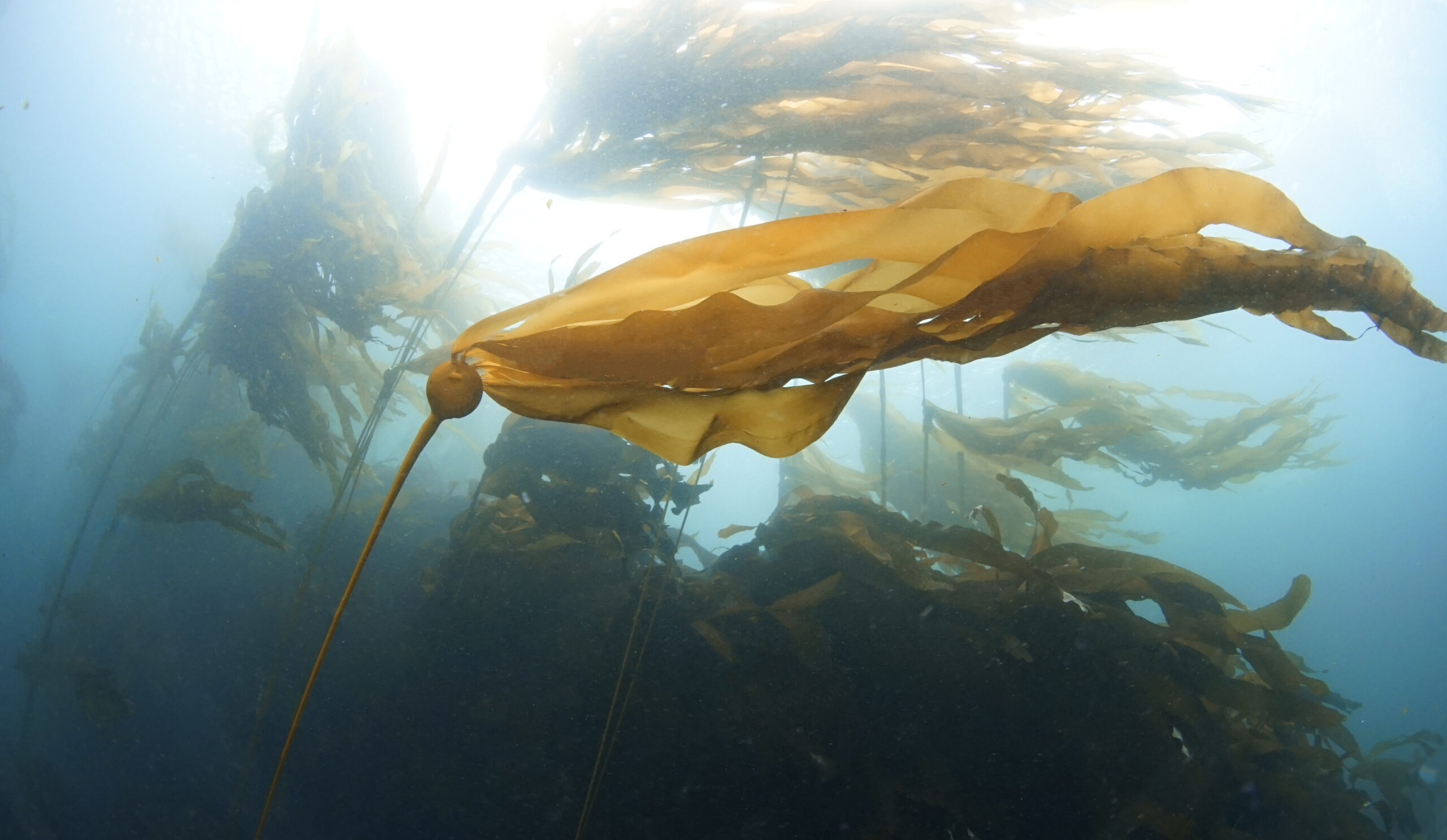
Huffman Proposes First Major Investment in Kelp Forest Restoration: $50 Million Annually for Four Years
July 19, 2021 The Press Democrat
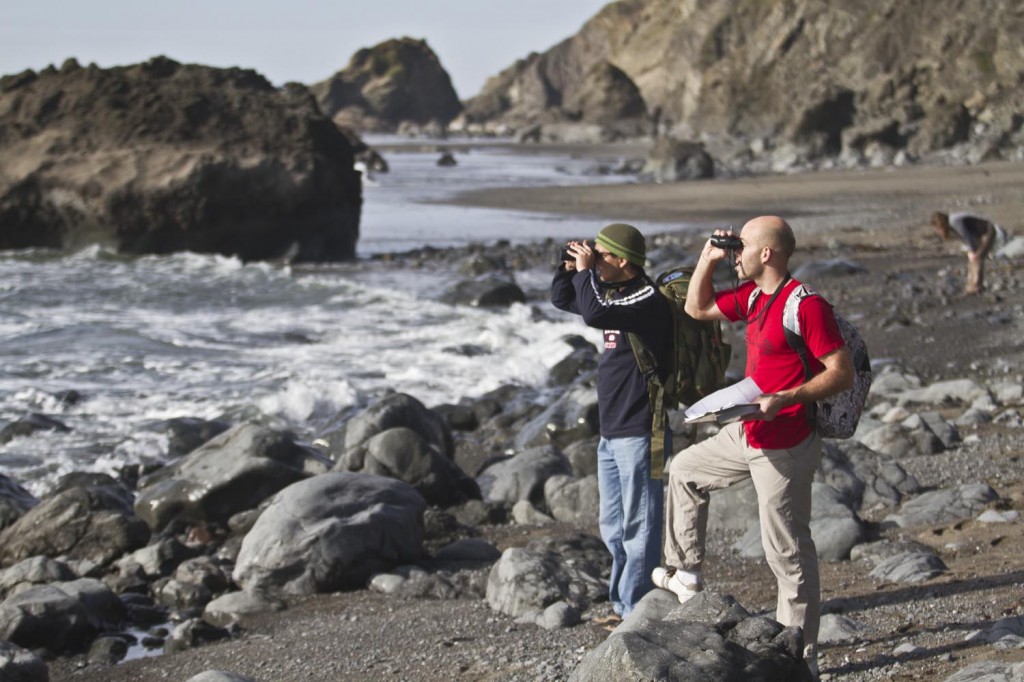
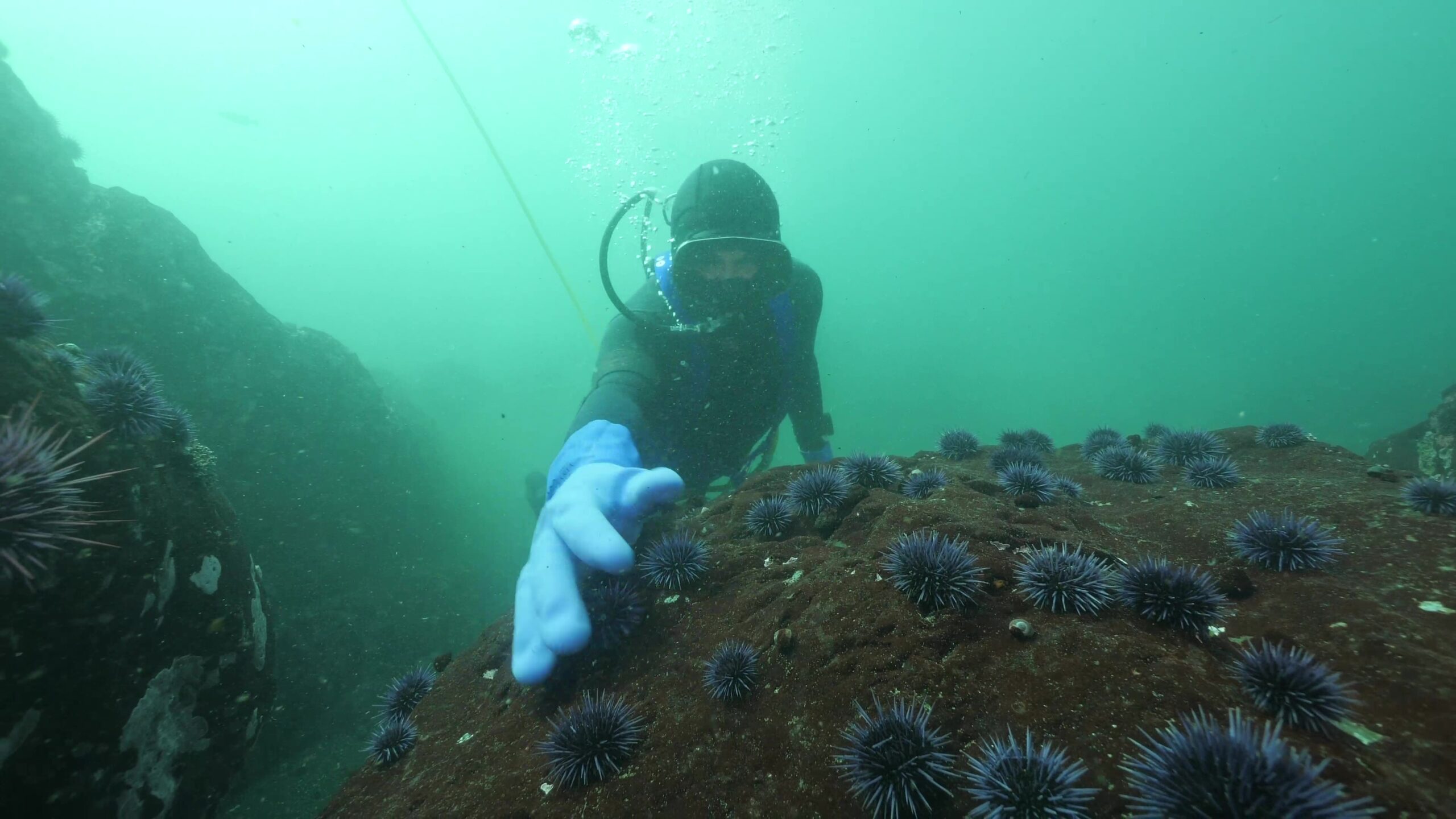
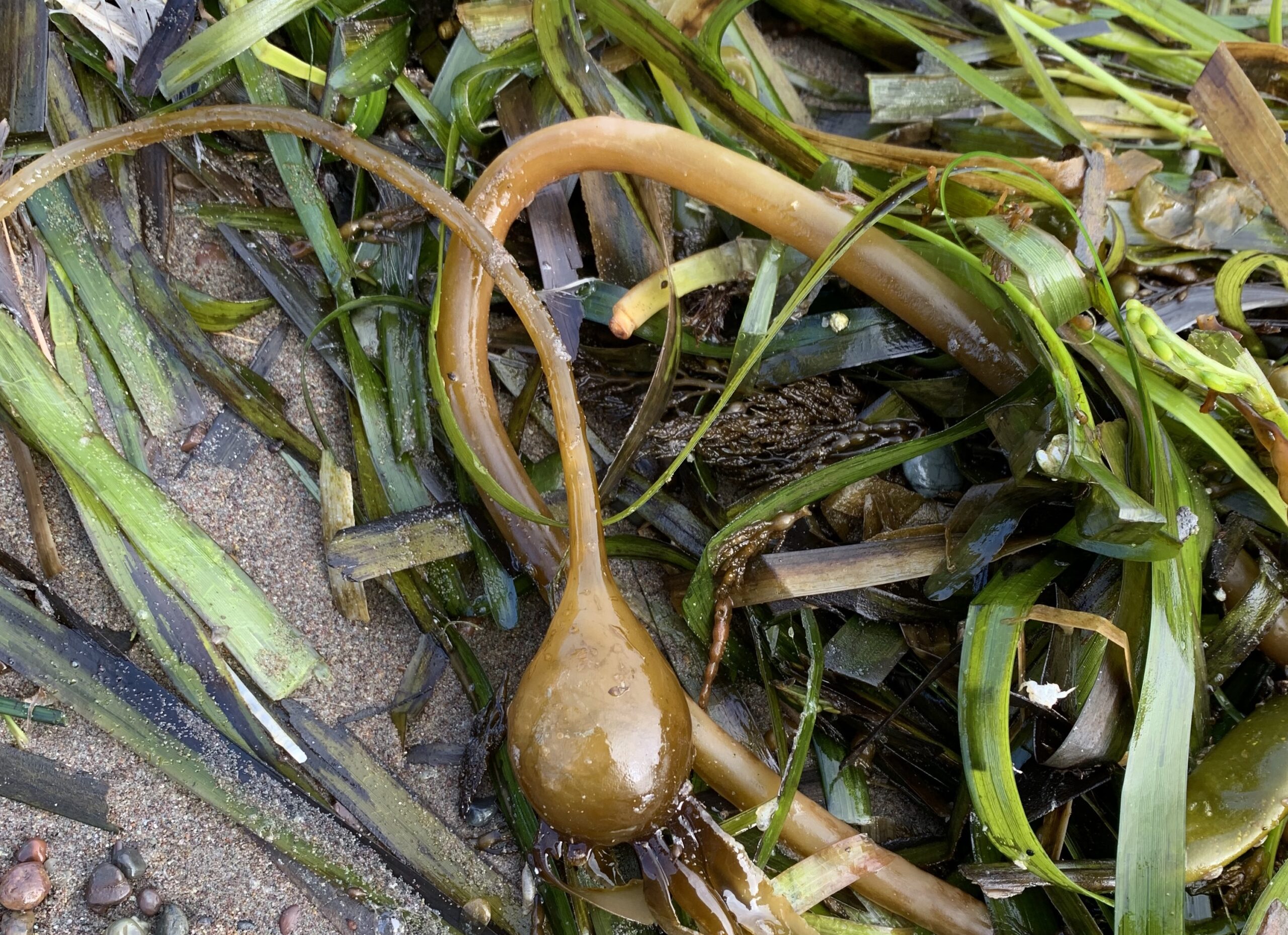
Lending a Kelping Hand in Greater Farallones National Marine Sanctuary
January 20, 2020 NOAA Office of National Marine Sanctuaries
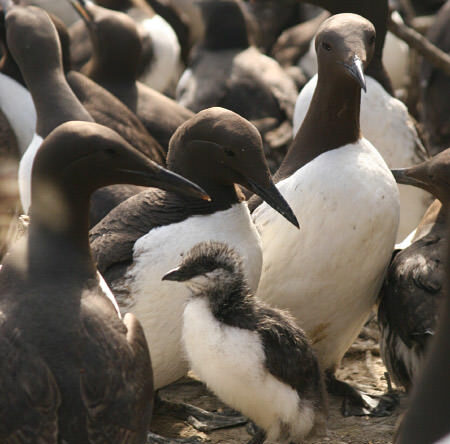
The ‘Blob,’ A Massive Marine Heat Wave, Led to an Unprecedented Seabird Die-off
January 15, 2020 ScienceNews
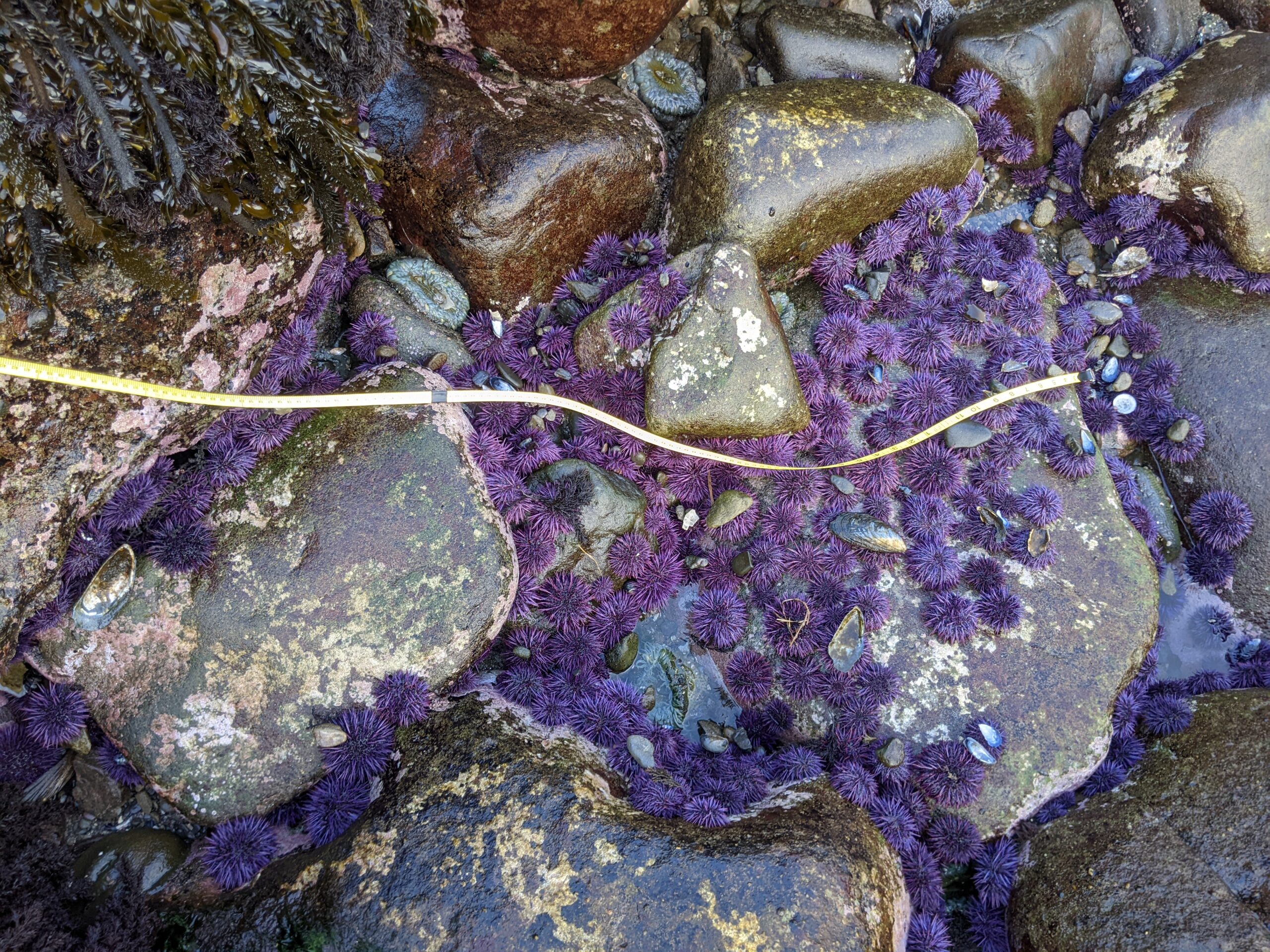
Northern California’s Coasts are Turning into Underwater Deserts
October 23, 2019 Popular Science

Deep Sea Exploration Off the Farallones Catches Sea Stars Hunting Moving Prey
October 15, 2019 Bay Nature Magazine
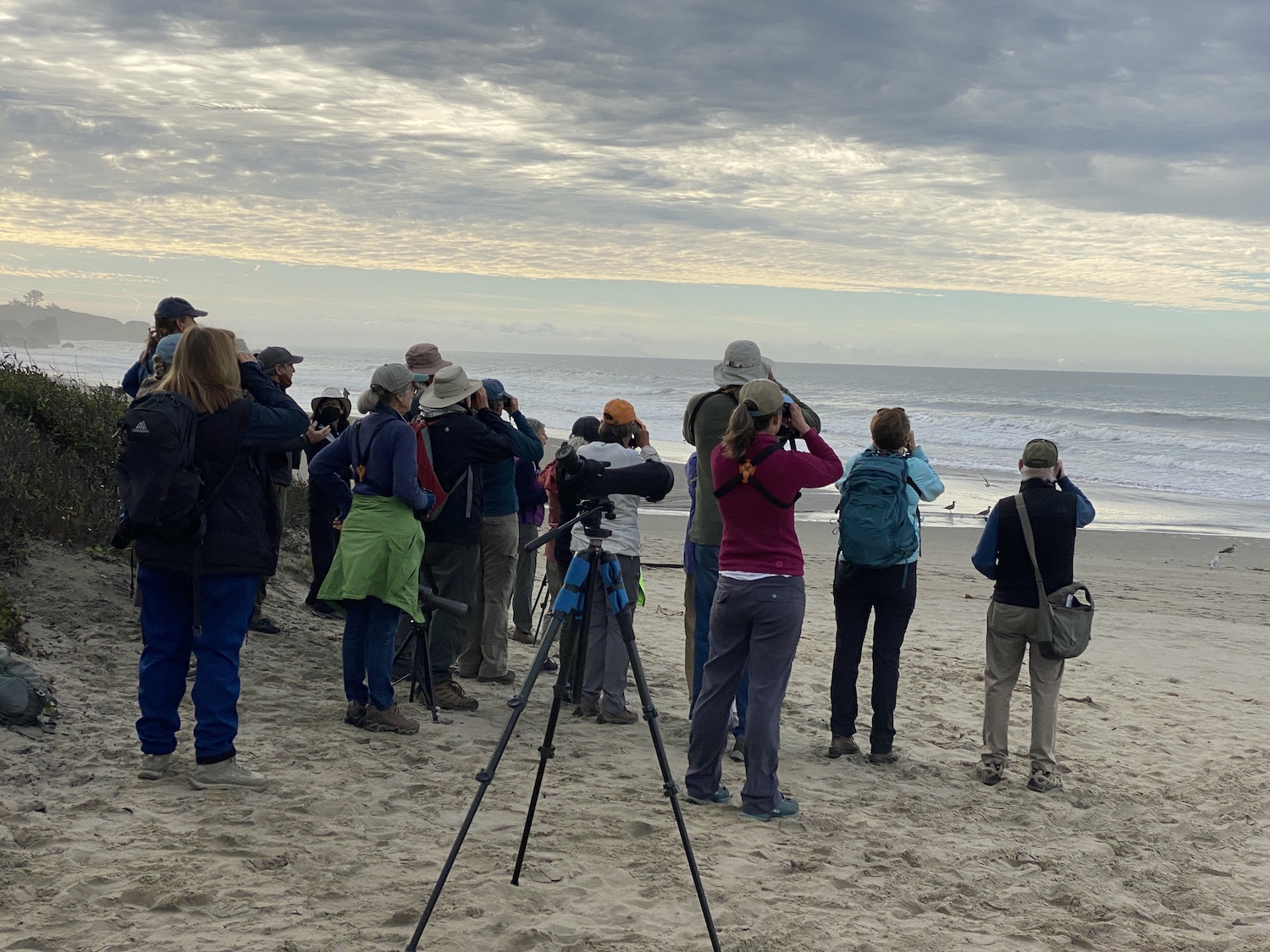
Rare Hubbs’ Beaked Whale Found Washed Ashore, Deceased, at Point Reyes
August 20, 2019 San Francisco Chronicle
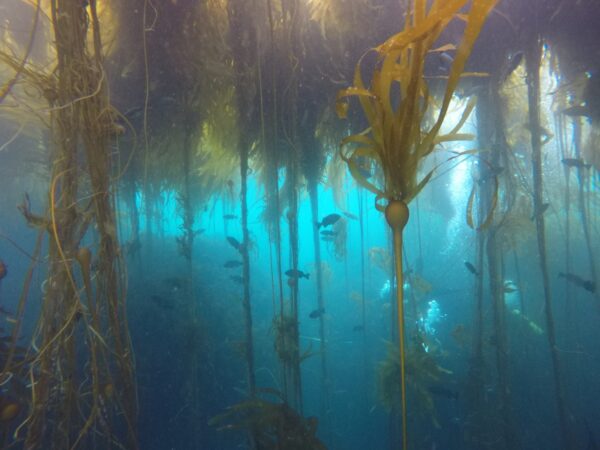

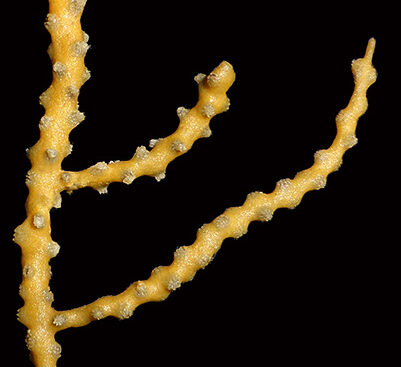
New Deep-Sea Coral Species Discovered in Cordell Bank National Marine Sanctuary
May 1, 2019 NOAA Office of National Marine Sanctuaries
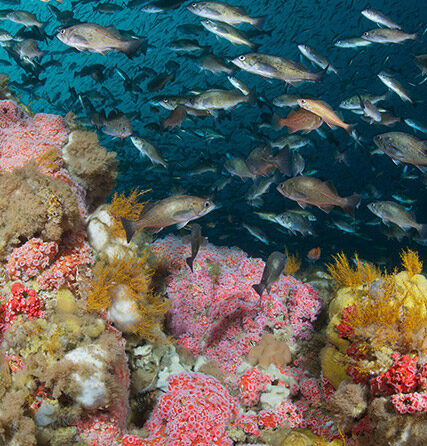
Marin Coast Seafloor Explored for Clues on How to Protect Sensitive Areas
August 4, 2018 Marin Independent Journal
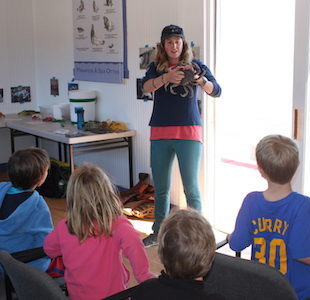
Crab Costumes, Squid Ink and Science, Oh My! Farallones Program visits Mendonoma Schools
May 18, 2018 Independent Coast Observer
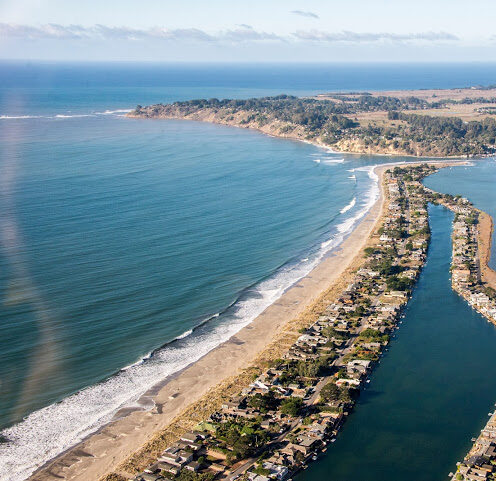
Stinson Beach Study Says Sand Dunes May Stem Erosion Caused By Sea Level Rise
February 6, 2018 CBS SF Bay Area
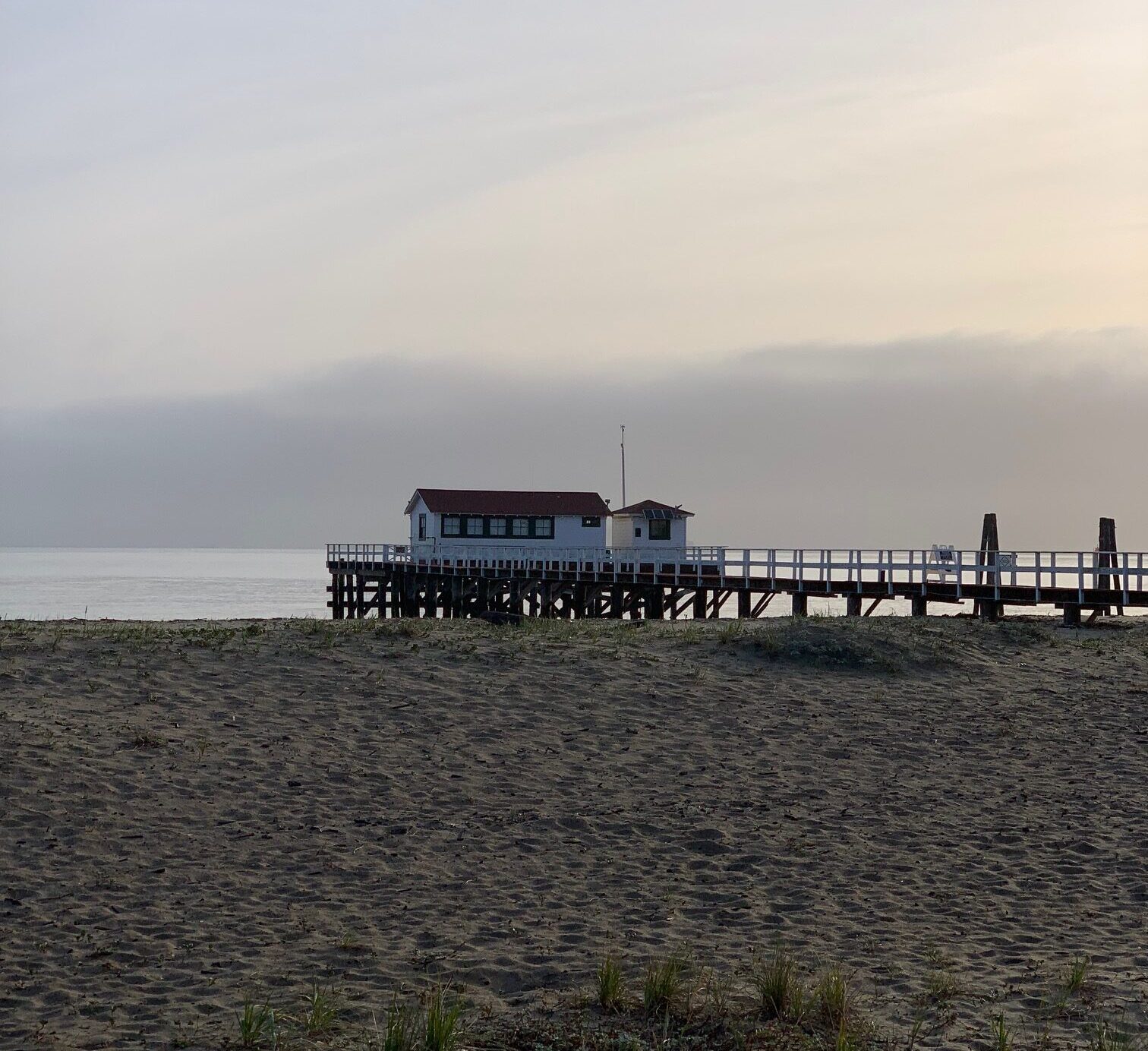
Decades of Data from Tiny San Francisco House Helps Predict King Tides
January 3, 2018 ABC7 Bay Area

Ecologists Strike Back Against Invasive Green Crabs
November 7, 2017 KQED, The California Report
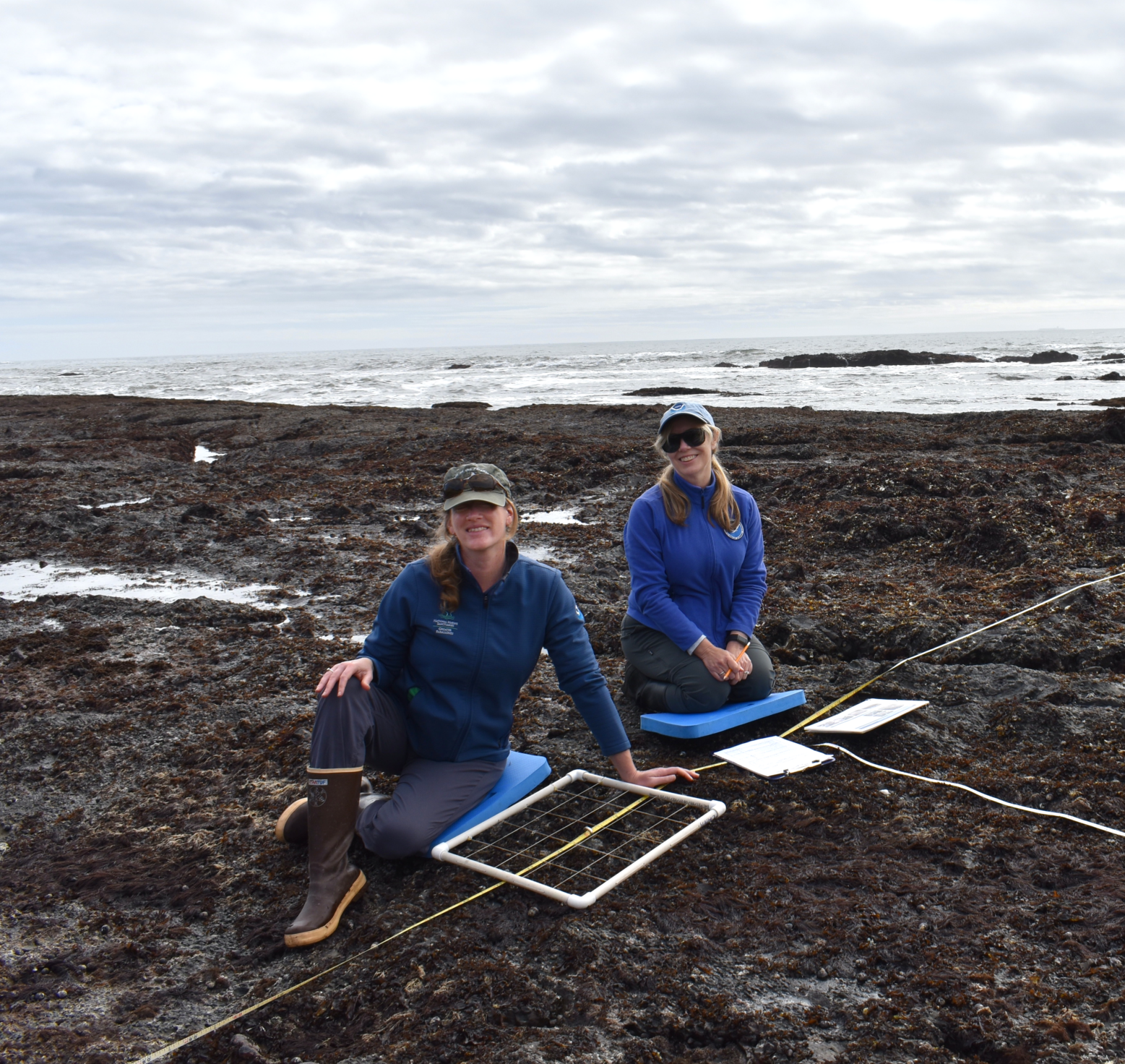
Honoring Women in the Greater Farallones National Marine Sanctuary
March 1, 2017 NOAA Office of National Marine Sanctuaries

Sentinels of the Coast: Surveying the Beaches After Cosco Busan
November 1, 2016 National Oceanic & Atmospheric Administration, Office of Response & Restoration
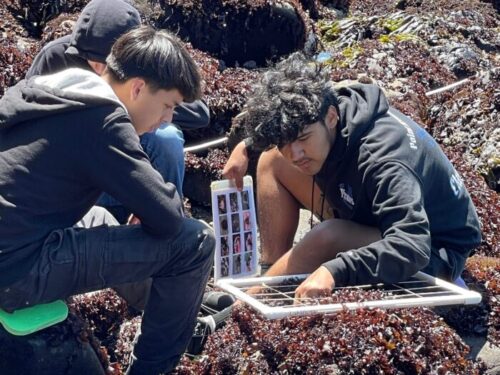
View by Program
